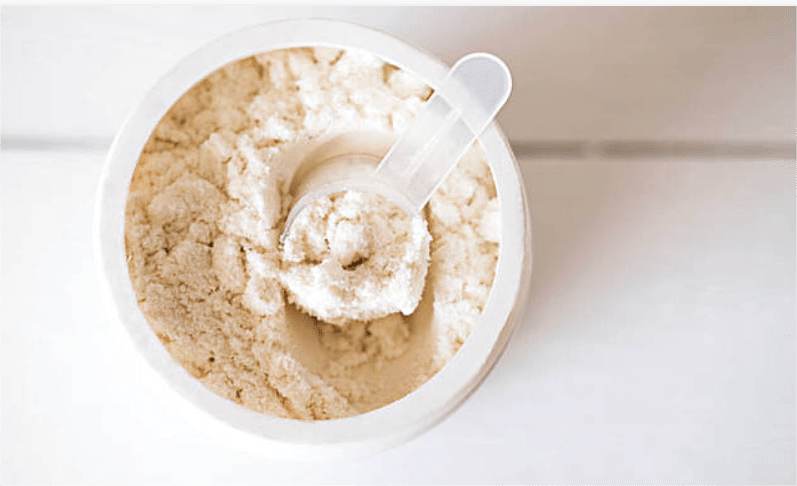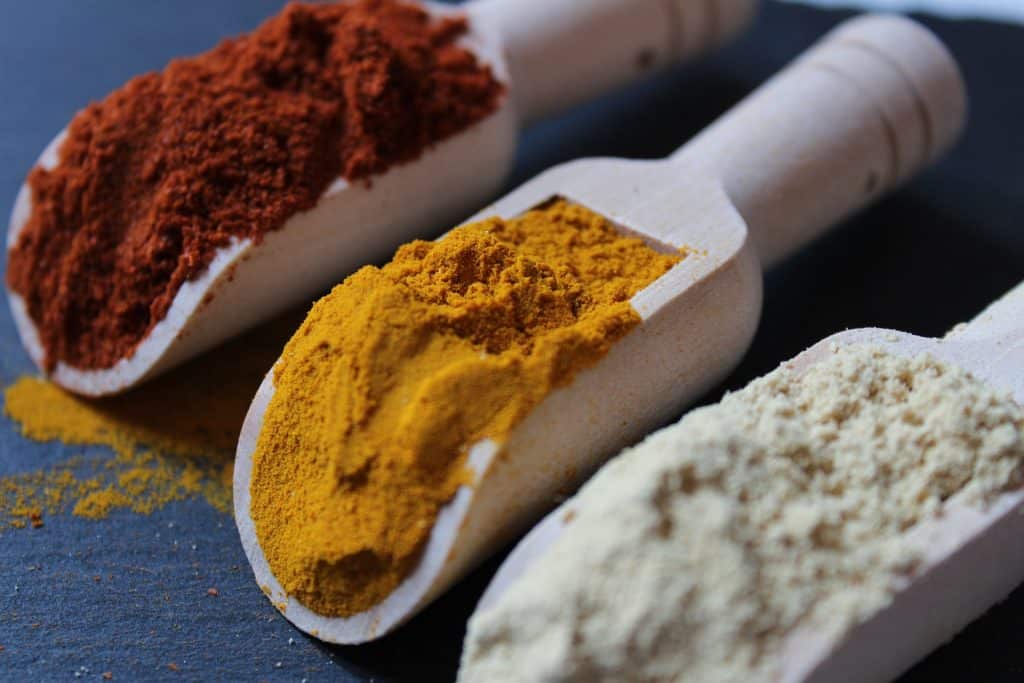What is Gelatin ?
What is glycine ?
Gelatin and glycine are closely related substances with significant roles in various industries and biological processes. While gelatin is derived from collagen, a fibrous protein found in animal connective tissues, glycine is a simple amino acid crucial for protein synthesis and various metabolic functions. This comparative analysis aims to explore their chemical properties, biological functions, industrial applications, and potential health benefits.
Chemical Structure
Gelatin:
Gelatin is a heterogeneous mixture of peptides and proteins derived from collagen. Collagen, the primary structural protein in connective tissues such as skin, bones, and cartilage, consists of three polypeptide chains that form a triple helix structure. Upon hydrolysis, collagen breaks down into gelatin, characterized by its unique amino acid composition and molecular weight distribution.
Gelatin is primarily composed of glycine, proline, and hydroxyproline residues. These amino acids contribute to its characteristic properties, including its ability to form gels when dissolved in water and its application in food and pharmaceutical industries.
Glycine:
Glycine, on the other hand, is the simplest amino acid, with a chemical formula NH₂CH₂COOH. It is a non-essential amino acid, meaning the body can synthesize it from other amino acids and metabolic intermediates. Glycine is crucial for synthesizing proteins, DNA, and other essential biomolecules. It also serves as a neurotransmitter in the central nervous system, playing a role in signal transmission.
The chemical structure of glycine consists of a hydrogen atom as its side chain, making it the smallest and simplest amino acid. Its chemical simplicity allows it to participate in various biochemical reactions and metabolic pathways essential for cellular function.
Biological Functions
Gelatin:
Gelatin is known for its unique biological properties, primarily due to its high content of proline and hydroxyproline. These amino acids are essential for maintaining the structural integrity of connective tissues such as skin, joints, and bones. Gelatin is often a dietary supplement to support joint health and promote skin elasticity.
In addition to its structural role, gelatin has been studied for its potential benefits in wound healing and gut health and as a carrier for drug delivery systems. Its ability to form gels at relatively low concentrations makes it valuable in various biomedical applications.
Glycine:
Glycine plays diverse roles in biological systems beyond its function as a building block of proteins. As a neurotransmitter, glycine facilitates the transmission of nerve signals in the spinal cord and brainstem. It acts as an inhibitory neurotransmitter, modulating the excitability of neurons and contributing to motor control and sensory perception.
Moreover, glycine synthesizes heme, glutathione, and other essential molecules. It plays a role in detoxification processes, serving as a precursor for synthesizing creatine, which is critical for muscle energy metabolism.
Applications
Gelatin:
Gelatin has extensive use in the food industry as a gelling agent, stabilizer, and thickener. It is commonly used in confectionery, dairy products, and meat processing to improve texture, consistency, and mouthfeel. Gelatin’s ability to form gels at low concentrations makes it a versatile ingredient in producing desserts, marshmallows, and gummy candies.
In the pharmaceutical industry, gelatin is a coating for capsules and tablets, facilitating drug delivery and improving patient compliance. Due to its biocompatibility and biodegradability, it is also used to produce biomedical materials such as wound dressings, surgical sponges, and bone graft substitutes.
Glycine:
Glycine has applications in the food and beverage industry as a flavor enhancer and sweetener. It is used to produce various processed foods, including soups, sauces, and ready-to-eat meals. Glycine’s sweet taste and umami flavor contribute to its use as a food additive to improve palatability and overall sensory quality.
In addition to its culinary applications, glycine is used in cosmetics and personal care products for its moisturizing and skin-conditioning properties. It has also been studied for its potential therapeutic benefits in managing metabolic disorders, sleep disturbances, and neurological conditions.
Health Benefits
Gelatin:
The consumption of gelatin has been associated with several health benefits, primarily related to joint health and skin elasticity. Studies suggest that gelatin supplementation may help reduce joint pain and stiffness in individuals with osteoarthritis. The collagen peptides derived from gelatin are believed to support cartilage regeneration and improve joint function over time.
Furthermore, gelatin peptides have been studied for their potential role in promoting skin hydration, elasticity, and wrinkle reduction. Regular intake of collagen peptides may contribute to healthier skin aging and improved overall skin appearance.
Glycine:
Glycine supplementation has shown promising effects on various aspects of health and well-being. It is involved in synthesizing glutathione, a powerful antioxidant that protects cells from oxidative stress and supports immune function. Glycine’s role in neurotransmission may contribute to improved sleep quality and cognitive function.
Moreover, glycine supplementation has been studied for its potential benefits in metabolic syndrome, cardiovascular health, and neurodegenerative diseases. It may help regulate blood sugar levels, reduce inflammation, and protect against age-related cognitive decline.
Conclusion
In conclusion, gelatin and glycine are distinct substances with unique chemical properties, biological functions, and applications in various industries. Gelatin, derived from collagen, is valued for its gelling properties and structural support in connective tissues. It finds applications in food, pharmaceuticals, and biomedical materials. Glycine, the simplest amino acid, plays essential roles in protein synthesis, neurotransmission, and metabolic regulation. Its applications range from food additives to therapeutic interventions in health and wellness.
Which works better of gelatin and glycine?
Are gelatin and glycine equally effective for improving exercise performance?
Are gelatin and glycine similarly priced?
Are gelatin and glycine both effective for increasing nitric oxide production?
Are gelatin and glycine equally beneficial for muscle recovery?
Are gelatin and glycine both suitable for all dietary restrictions?
Are gelatin and glycine equally effective for reducing muscle soreness?
Are gelatin and glycine both easily absorbed by the body?
Are gelatin and glycine equally effective for improving blood flow?
Are gelatin and glycine both suitable for pre-workout supplements?
Are gelatin and glycine equally beneficial for cardiovascular health?
If you are interested in purchasing or want to learn more about high quality gelatin and glycine raw materials, please reach out to us at sales@collagensei.com. At Gensei Global Industries, we provide high-quality, FDA-certified raw materials that comply with ISO, HALAL, KOSHER, and MSC certifications. Our warehouses are strategically located in California and New York, ensuring a consistent supply for your needs.
Understanding the differences and similarities between gelatin and glycine provides insights into their diverse uses and potential benefits across different fields. Further research into their mechanisms of action and therapeutic applications continues to expand our understanding of these versatile substances.
This comparative analysis underscores the importance of gelatin and glycine in nutrition, health, and industry, highlighting their contributions to human health and well-being.




